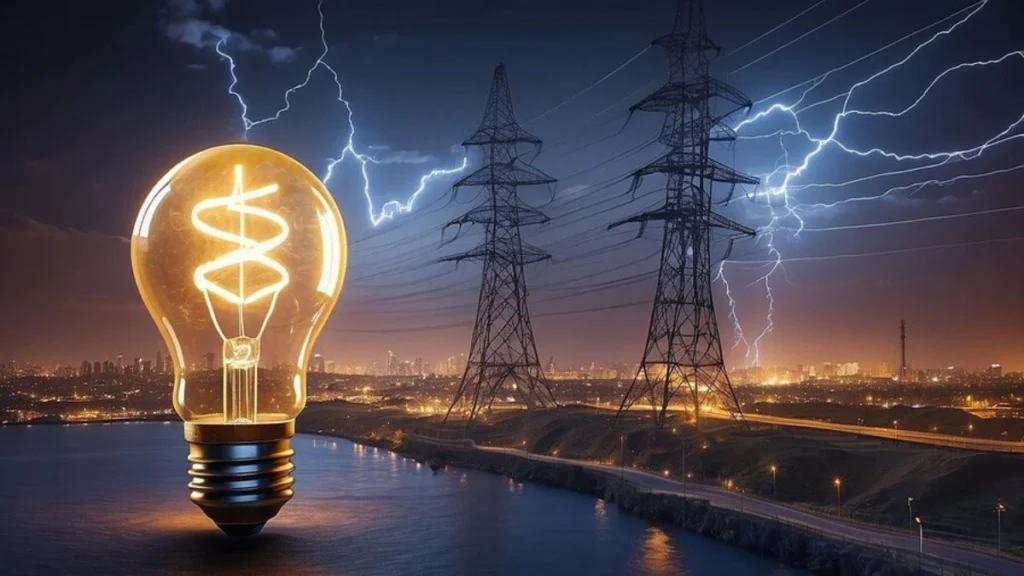The cost of electricity has a significant impact on the financial well-being of households and businesses. For residents of the 75019 ZIP code, located in Coppell, Texas, electricity prices have undergone several shifts over the years due to various market dynamics, natural events, and policy changes. Understanding these trends helps consumers make informed decisions about energy plans and consumption.
This article offers a detailed look at the historical cost of kWh in the 75019 ZIP code, the factors influencing these prices, and practical ways to manage future energy costs.
Electricity Rates Over the Years in the 75019 Zip Code
Early 2010s: Stability with Minor Variations
In the early 2010s, electricity prices in Coppell were stable, with average rates between 11 to 13 cents per kWh. The relatively low cost of natural gas, coupled with Texas’s growing adoption of wind energy, helped maintain affordable rates. During this period, the deregulated energy market also fostered competition among electricity providers, giving residents access to diverse plans.
Despite this stability, infrastructure investments, such as the installation of smart meters, began to introduce slight variations in pricing. These upgrades allowed better monitoring of energy use, but initial implementation costs were factored into electricity rates.
2015–2020: Gradual Increase in Prices
From 2015 onward, energy prices began to trend upward. By 2017, the average rate in the 75019 ZIP code rose to 11.3 cents per kWh, climbing to 11.7 cents per kWh by 2019. Several factors contributed to this rise:
- Population growth in Coppell increased electricity demand, adding strain on the energy grid.
- Natural gas prices fluctuated, influencing electricity generation costs.
- The need for infrastructure upgrades to accommodate higher energy usage led to higher transmission and distribution fees.
Impact of COVID-19 and Winter Storm Uri (2020–2021)
The COVID-19 pandemic in 2020 introduced significant disruptions in energy markets. While industrial demand decreased, residential consumption surged as people stayed home. This shift raised electricity prices to 11.73 cents per kWh on average by the end of the year.
In February 2021, Winter Storm Uri struck Texas, causing widespread power outages. The unexpected demand for electricity, combined with frozen natural gas supplies, led to short-term price spikes as high as $9 per kWh for some customers. The event highlighted weaknesses in the state’s energy infrastructure, prompting regulatory reforms to improve grid resilience.
Following the storm, the average kWh cost in the 75019 ZIP code increased to 12.14 cents as new infrastructure and winterization costs were passed on to consumers.
2022–2023: Further Increases and Stabilization
In the aftermath of Winter Storm Uri, regulatory changes and infrastructure investments continued to raise electricity prices. By 2022, rates averaged around 13.5 cents per kWh, and by mid-2023, the cost reached 14.28 cents per kWh. This period reflects the cumulative impact of:
- Transmission and distribution upgrades are required to stabilize the grid.
- Ongoing population growth in the region, increasing demand.
- Higher utility charges are associated with energy market regulations and compliance costs.
Factors Influencing Historical Electricity Prices in 75019
1. Market Dynamics and Fuel Prices
The Texas energy market is heavily influenced by natural gas prices, as gas-fired power plants supply a significant portion of electricity. When gas prices rise, electricity rates follow suit. The deregulated energy market in Texas also contributes to price fluctuations, as supply and demand shifts affect costs.
2. Weather Patterns and Seasonal Demand
Severe weather events, such as summer heatwaves and winter storms, play a crucial role in driving electricity demand. During hot summers, air conditioning usage spikes, leading to increased prices. Conversely, winter storms disrupt power supplies, resulting in short-term price hikes.
3. Regulatory and Infrastructure Changes
Texas introduced new regulations after Winter Storm Uri, requiring energy providers to winterize their systems. These upgrades, along with ongoing grid modernization efforts, increased utility fees, which contributed to higher electricity rates in 75019.
4. Growth of Renewable Energy
Texas leads the nation in wind energy production and has been expanding its solar energy capacity. While renewable energy sources offer long-term benefits, initial investments in infrastructure and energy storage temporarily increase electricity costs. Over time, greater integration of renewable sources is expected to stabilize prices.
Managing Future Energy Costs in 75019
1. Monitor Usage with Smart Meters
Residents can take advantage of smart meters to monitor their energy usage in real-time. Reducing consumption during peak hours can lead to lower bills, especially for those on time-of-use plans.
2. Shop for Competitive Rates
The deregulated market allows consumers to choose from multiple electricity providers. Residents can compare rates and plans to find the best fit for their needs, whether it’s a fixed-rate plan to avoid price fluctuations or a green energy plan that supports renewable sources.
3. Explore Renewable Energy Options
Installing solar panels or subscribing to renewable energy plans can provide long-term savings. Federal and state incentives, such as tax credits, are available to offset the initial investment costs for renewable installations.
4. Adopt Energy-Efficient Practices
Using energy-efficient appliances and optimizing heating and cooling systems can help reduce overall energy consumption. Small changes, like sealing air leaks and switching to LED lighting, can make a significant impact on electricity bills.
Conclusion
The historical cost of kWh in the 75019 ZIP code reflects the complex interplay of market dynamics, weather events, regulatory changes, and infrastructure investments. From the stability of the early 2010s to the volatility of recent years, residents have faced a range of energy challenges.
Looking ahead, continued investments in renewable energy and grid modernization offer hope for more stable prices, though short-term fluctuations are likely as these initiatives unfold. By staying informed and adopting energy-efficient practices, residents and businesses in the 75019 ZIP code can better manage their energy costs in an evolving market.
